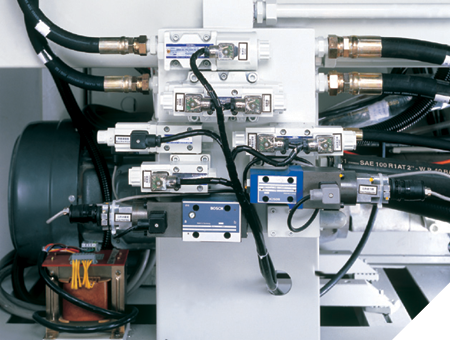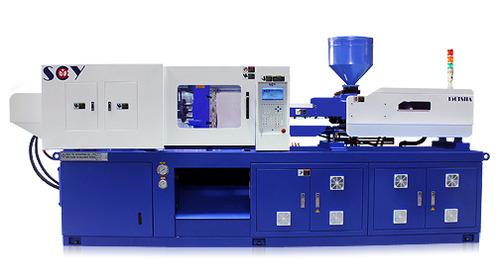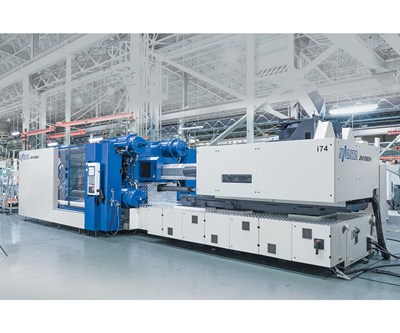Every experienced developer knows about the three most common methods to manufacture a product using plastic injection molding procedures. You can choose to go hydraulic, electric, or hybrid. Every one of these methods has a series of unique settings that report benefits and setbacks alike when it comes to handling a project. Over the next few lines, we are running a brief analysis based on pros and cons on each one of them and how they may serve you best depending on the type of product you aim to create.
Hydraulic Plastic Injection Molding
This is the oldest procedure in the list, and the most used between 1930 and most of the 80’s. The machines developed for hydraulic plastic injection molding were a disruptive technology when they were implemented for the first time in the early XX century. It works by melting plastic pellets at high temperatures and pouring the liquid into a mold cavity. Once the parts have time to cool off, the machines use hydraulic cylinders to clamp two halves of a mold using high pressures and force. While modern methods have replaced hydraulics for smaller projects, the procedure is still used to create big parts or thickly walled products

hydraulic plastic injection molding, *picture from iml-robots.com
· Pros:
High injection rates, high resistance finished products, larger size manufacturing, can be managed with gas accumulators to drive the pressure of the clamps, low-cost hardware for new entrepreneurs in the field.
· Cons:
Hydraulic plastic injection molding is considered one of the most expensive manufacturing procedures out there for the amount of electrical power it consumes even on a small cycle. The machines also tend to overheat any room they are in, and pre-80’ devices can create sound hazards due to loud noises.
Electric Plastic Injection Molding
The next evolution of plastic injection molding technology arrived in 1994 from the land of the rising sun. The Japanese developed digital controlled devices that created products using high-speed servo motors that provided faster, precise manufacturing. The method proved to be so efficient that it became a predictable fixture for multiple cycles runs on products that required high-quality performance as well as sturdy parts. The digital controls took away a lot of manual work from human hands and increased the profits of the developer and the manufacturer

electric plastic injection molding, *picture from dial4trade.com
· Pros:
Electric plastic injection molding became the go-to option for developers of small projects of large runs of small medical components. It’s a clean procedure that generates no contamination of any kind and saves up to 70% of energy intake for any company. Although the initial investment for an entrepreneur is high, maintenance costs are meager.
· Cons:
The main setback of electric plastic injection molding is that it’s only helpful to create small parts. And the number of test runs it requires to get the right sturdiness on them can take some time, even with the right math on hand.
Hybrid plastic injection molding
As the name implies, this manufacturing method is a mixture of the procedures previously described. It works by combining the powerful clamping force of hydraulic machines with the precision of electronic hardware, as well as all the safety hazards provided by the latest. It also includes the energy-saving features of the electric method, with a reported energy savings of nearly 60% when compared with the hydraulic process. Hybrid plastic injection molding is often used for small-scale projects that have a lot of demand.

hybrid plastic injection molding, *picture from ptonline.com
· The pros:
It opens the market for more variety of business for manufacturers, the clamp system secures a faster response time on a loop. It’s environment-friendly.
· The cons:
The technology only caters a particular niche in the market, so it can be costly to procure the hardware and keep it working correctly. Technicians specialized in hybrid technology are a rarity in the market.
